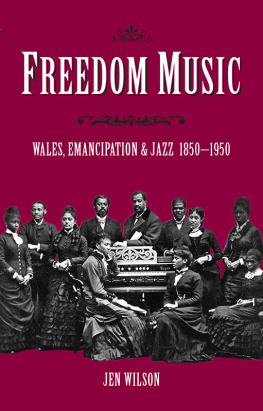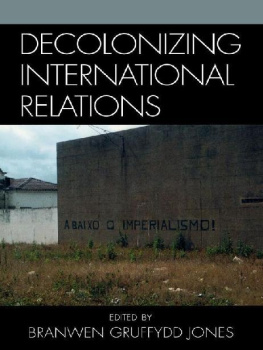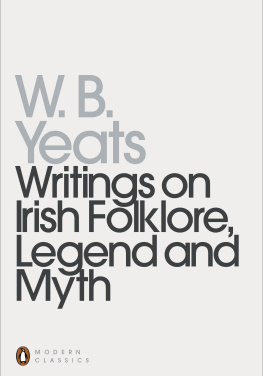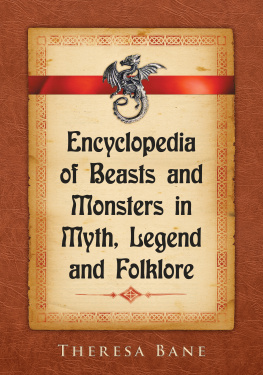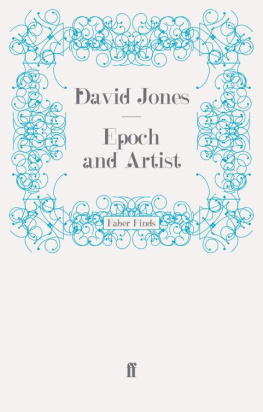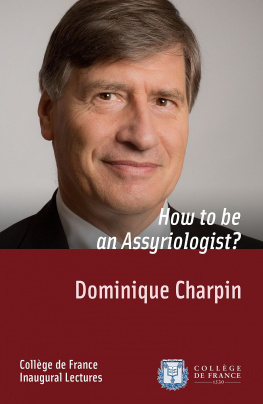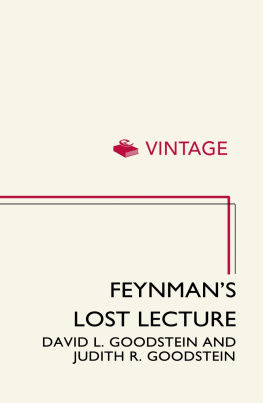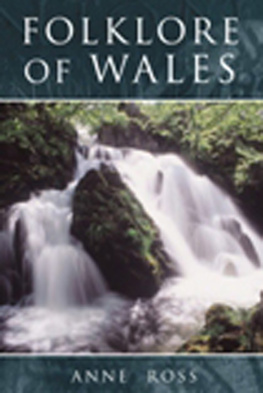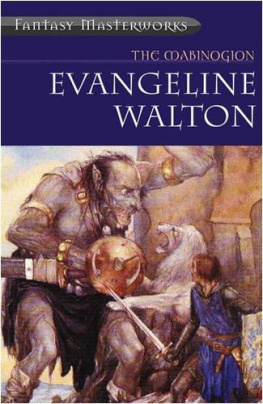FOLKLORE AND MYTH
IN THE
MABINOGION
A LECTURE
DELIVERED AT THE NATIONAL MUSEUM OF WALES
ON 27 OCTOBER 1950
BY
W. J. GRUFFYDD
Published jointly with
the National Museum of Wales
Copyright 2011 Read Books Ltd.
This book is copyright and may not be reproduced or copied in any way without the express permission of the publisher in writing
British Library Cataloguing-in-Publication Data
A catalogue record for this book is available from the British Library
Contents
FOLKLORE AND MYTH IN THE MABINOGION
1
For the purpose of this lecture, folklore does not mean folk-culture in its various manifestations as you can see it exhibited and exemplified at St. Fagans and in the famous museums of Scandinavia, but the traditional beliefs and legends of the folk as distinct from the more respectable beliefs and legends which are accepted as facts, and which are called Theology and History respectively. The basis, however, of the greater part of folklore, in the sense in which I use it, is the theology and history of the past handed down from generation to generation and losing, in the passage of time, most of the indications of their original significance. Indeed the line between theology and history on the one hand and folklore beliefs and legends on the other may sometimes be very thin. For example, the existence of a personal Devil is a respectable and orthodox theological tenet, but that has not prevented his very unorthodox entrance into the folklore of the modern nations. Did he not, for instance, build the famous bridge over the river Mynach in Cardiganshire? And King Alfred may very well have burnt the good wifes cakes; if he did, then that story is sober history, but sober history or not, it has now become a folk-legend in England.
You will notice that the title contains the two words, Folklore and Myth. I have used both words because I do not wish at the outset to prejudge the issue whether almost all folklore is ultimately derived from myth, that is, from a primitive belief about the gods, or is of a more lowly origin and to be explained in terms of mass psychology or, as I think more likely, from a mixture of both. Further I must explain that I use the term primitive comparatively. That is to say, primitive beliefs, as far as this lecture is concerned, are only primitive because they belong to a kind of culture which existed before our era, and not necessarily because they are derived from a rude, undeveloped, and inferior state of society. Our knowledge of social conditions in Britain before the Roman Conquest is necessarily limited in spite of the magnificent work done by archaeologists among whom the staff of this museum has a very distinguished place. In short, when I use the term primitive, I have in mind priority in time and custom and not an assessment of human values.
A further point. I have confined myself to one section only of folklore as I have defined it, namely the legends and beliefs about the Tylwyth Teg, the Welsh Fairies. There are other folklore details in the Mabinogion on which I cannot touch in this lecture, such as the onomastic stories (stories designed to explain a name); survivals of primitive society as seen in the avoidance of such terms as marriage, husband, and the abnegation of Christian baptism; old games such as the Badger in the Bag; beliefs about dihenydd, fate; the swearing of a tynged, destiny upon a person, and even one survival of belief which might be related to the development of the Tylwyth Teg, namely the existence of an old race of giants as in Branwen and in the legends of Ireland. I hope to be able to deal with all these matters elsewhere.
2
If you consult any standard book on Welsh folklore such as Wirt Sikess British Goblins or Sir John Rhss Celtic Folklore or Professor Gwynn Joness Welsh Folklore or Hugh Evanss Tylwyth Teg, you will find that the place of honour is occupied by stories about the Welsh variety of Fairies who are called in Welsh Y Tylwyth Teg, the Fair People. And rightly, because with the exception of a few ghost stories which follow a well-defined formula, and some traditional beliefs and customs mostly connected with death, the bulk of Welsh folklore is concerned with Y Tylwyth Teg. Further, the fairy stories of Wales have a character of their own which distinguishes them from those of the rest of Britain and even to a certain extent from the more or less cognate tales of Ireland and Gaelic Scotland.
Now the name Tylwyth Teg is curious, so curious indeed that it is surprising that no one, to my knowledge, has questioned its authenticity,that is, whether it is an old Welsh name to designate the other-world people of folklore, like the Irish sdhe which is found in the earliest literature, or whether it is of comparatively late origin. That the name Tylwyth Teg cannot be the original designation of the other-world beings known in England as fairies can easily be seen on consideration of its etymological history. It does not occur in our older literature and there is no suggestion of it in the Mabinogion and the other Romances associated with them in the manuscripts. In short, tales of the Tylwyth Teg, under that specific name, belong to the comparatively modern folklore of Wales, though, as I hope to prove in this lecture, the material from which they were formed is ancient and abundantly exemplified in the Mabinogion. It should be noted that the name Tylwyth Teg is not the designation of the Fairies in every part of Wales; in South Wales the usual name is Bendith y Mamau, The Blessing of the Mothers. Rhs and others have suggested that the Mamau represent the old Celtic Matronae and Matres of whose universal worship we have abundant archaeological and historical evidence. The Mother of the Immemorial Prisoner in Culhwch is Modron, which represents exactly the old Celtic mtrna whose altars still survive. As to Bendith blessing, I can only suggest that it is used to propitiate the fairies just as the Greeks spoke of the Furies as Eumenides, the Gracious Ones. If this is correct then Bendith y Mamau is a propitiatory term for Melltith y Mamau, The Curse of the Matres.
Let us now consider the name Tylwyth Teg. I have been unable to find any instance of it before that which occurs in Cywydd y Niwl, attributed to Dafydd ap Gwilym. Here the poet describes himself as lost in the mist which he calls
Hir barthlwyth y Tylwyth Teg
A vast accumulation on the forecourt of the Tylwyth Teg. He has lost his way on the moorland, and the description is therefore particularly apt since the Tylwyth Teg are traditionally associated with the troubles of forlorn and benighted travellers. The cywydd, as I have said, belongs to the Dafydd ap Gwilym period, or at least to the first quarter of the fifteenth century. Why then, it may be asked, is Welsh literature before 1400 both prose and verse, silent about the Tylwyth Teg? It is because their name shows that they were not, so to speak, constituted as a people until after the development of the Arthurian tales of France and their later introduction into the literature of England; until, in fact a cycle of romance had been created which was based on the matter of Britain and which was necessarily later than the original legendary material of Wales which is incorporated in the Mabinogion.



